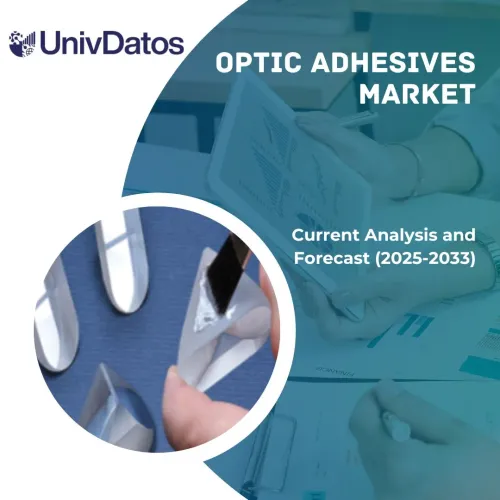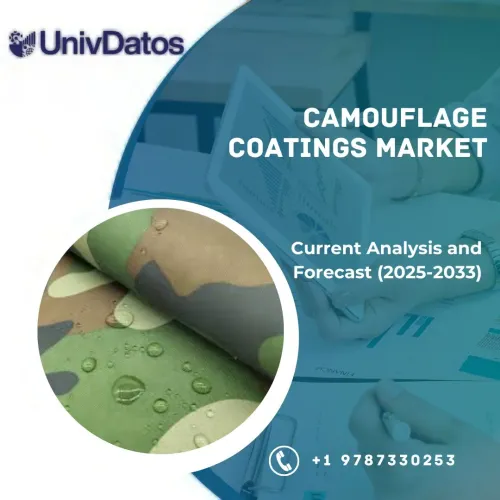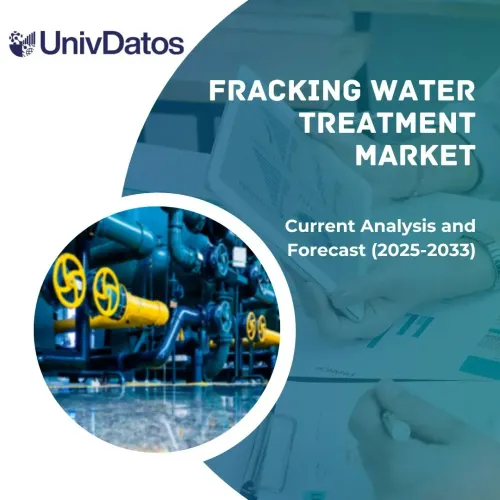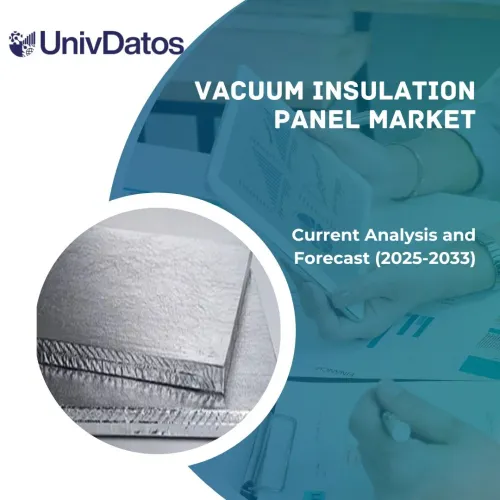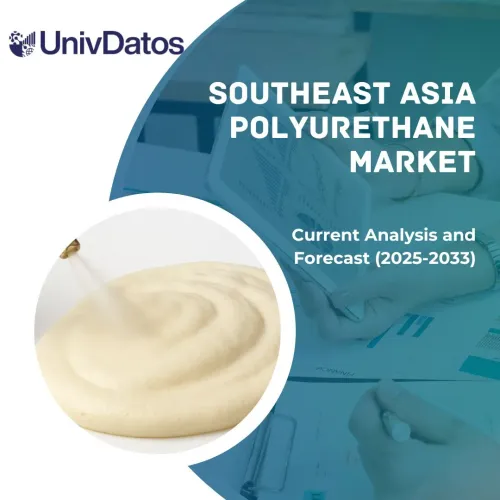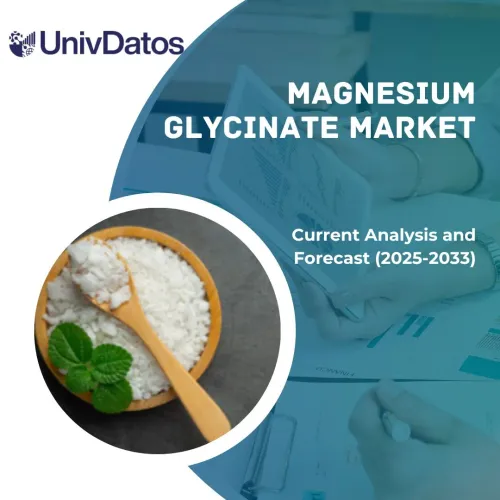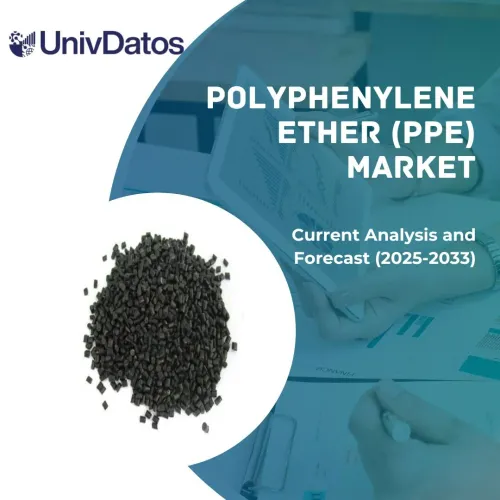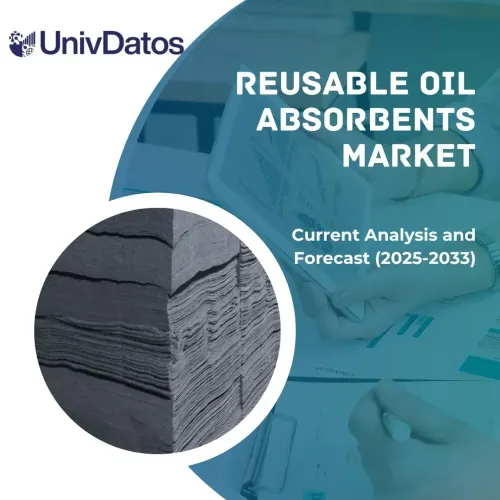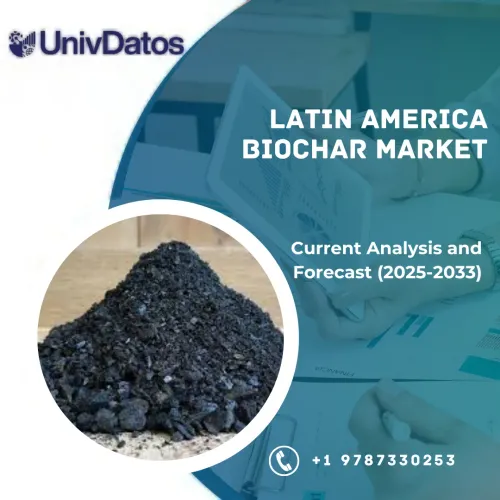- Trang chủ
- Về chúng tôi
- Ngành
- Dịch vụ
- Đọc
- Liên hệ với chúng tôi
Thị trường Bọt Polymer: Phân tích Hiện tại và Dự báo (2022-2028)
Nhấn mạnh vào Loại (Polyurethane, Polystyrene, Polyolefin, Phenolic và Loại khác); Ứng dụng (Xây dựng & Công trình, Đóng gói, Ô tô, Nội thất & Giường, Giày dép và Loại khác); và Khu vực/Quốc gia
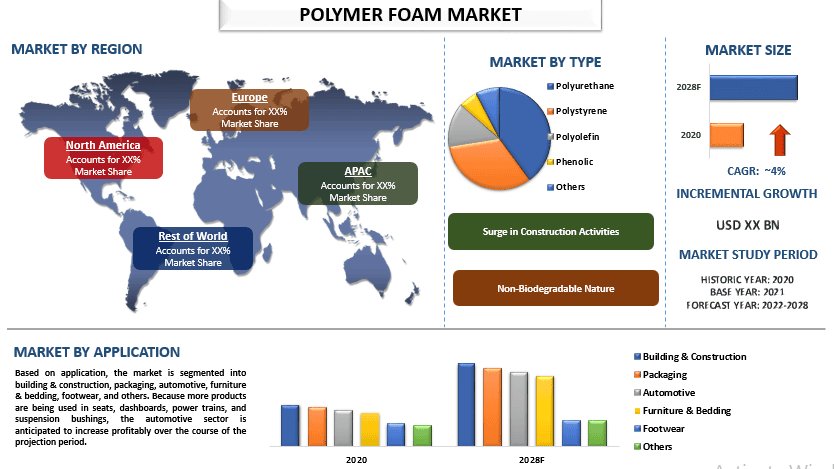
Thị Trường Bọt Polymer Toàn Cầu dự kiến sẽ tăng trưởng với tốc độ đáng kể khoảng 4% trong giai đoạn dự báo. Bọt polymer hoặc bọt nhựa bao gồm pha khí và pha rắn và có nhiều ứng dụng trong ô tô, đồ nội thất, xây dựng và các lĩnh vực khác. Thị trường đang tăng trưởng cùng với sự gia tăng các hoạt động xây dựng trên toàn thế giới. Theo Liên đoàn các Hiệp hội Nhà thầu Quốc tế, ngành xây dựng toàn cầu trị giá khoảng 7 nghìn tỷ đô la Mỹ và sử dụng khoảng 120 triệu người. Theo Cơ quan Quản lý Thông tin Năng lượng Hoa Kỳ, năm 2014, các tòa nhà chiếm khoảng 35% đến 40% tổng năng lượng tiêu thụ ở các quốc gia đang phát triển. Ngoài ra, thị trường có tính cạnh tranh cao và các công ty đang tích cực cung cấp sản phẩm ra thị trường. Ví dụ, vào tháng 9 năm 2022, Covestro bắt đầu cung cấp polyether polyol sử dụng nguyên liệu sinh học tuần hoàn cùng với toluene diisocyanate (TDI) tái tạo và methylene diphenyl diisocyanate (MDI) trung tính với khí hậu. Công ty cung cấp hai nguyên liệu thô này để sản xuất bọt polyurethane (PU) dựa trên nguyên liệu thô thay thế.
SABIC; BASF SE; Covestro AG; Sealed Air Corporation; Recticel NV; Rogers Corporation; Kaneka Corporation; DowDuPont Inc.; Polymer Technologies, Inc.; và Armacell International S.A. là một số công ty chủ chốt trên thị trường. Một số thương vụ M&A cùng với quan hệ đối tác đã được thực hiện bởi những công ty này để tạo điều kiện cho khách hàng có được các sản phẩm/công nghệ công nghệ cao và cải tiến.
Thông Tin Chi Tiết Được Trình Bày Trong Báo Cáo
“Trong số các loại, danh mục polyurethane dự kiến sẽ chiếm ưu thế trong giai đoạn dự báo”
Dựa trên loại, thị trường được phân chia thành polyurethane, polystyrene, polyolefin, phenolic và các loại khác. Danh mục polyurethane đang nắm giữ thị phần lớn trên thị trường và dự kiến sẽ tăng trưởng với tốc độ CAGR cao trong giai đoạn dự báo. Bọt polyurethane (PU) có nhiều đặc tính khác nhau bao gồm độ bền, trọng lượng nhẹ, tính linh hoạt, khả năng chống ăn mòn và rung động, có thể tái chế và mang lại mức độ tự do cao trong thiết kế hình học. Bọt PU được sử dụng rộng rãi trong nhiều đệm ghế ô tô chở khách, gioăng làm kín, tay vịn, tựa đầu, bảng điều khiển có đệm, túi khí và các thành phần khác để tạo ra các cấu trúc nhẹ, tiết kiệm nhiên liệu và bền. Do các yếu tố trên và phạm vi ứng dụng rộng rãi của chúng, bọt polyurethane dự kiến sẽ chứng kiến nhu cầu đáng kể trên thị trường.
“Trong số các ứng dụng, xây dựng & công trình sẽ chiếm thị phần đáng kể trên thị trường vào năm 2020”
Trên cơ sở ứng dụng, thị trường được phân chia thành xây dựng & công trình, bao bì, ô tô, đồ nội thất & giường ngủ, giày dép và các loại khác. Danh mục xây dựng & công trình dự kiến sẽ chiếm thị phần đáng kể trên thị trường vào năm 2020. Bọt polymer được sử dụng trong các thành phần xây dựng, bao gồm cửa ra vào, mái nhà, chất bịt kín và nền móng của cửa ra vào và cửa sổ. Bên cạnh đó, sự gia tăng các hoạt động xây dựng ở các nước phát triển cũng như đang phát triển cũng đang thúc đẩy sự tăng trưởng của thị trường trong giai đoạn dự báo. Ví dụ, sáng kiến “Nhà ở cho Tất cả” của Chính phủ Ấn Độ nhằm mục đích xây dựng 20 triệu ngôi nhà giá cả phải chăng cho người nghèo thành thị vào năm 2022. Sáng kiến này dự kiến sẽ thúc đẩy đáng kể hoạt động xây dựng nhà ở trên cả nước.
“Châu Á Thái Bình Dương sẽ chiếm thị phần đáng kể trên thị trường”
Năm 2020, Châu Á Thái Bình Dương nắm giữ một thị phần đáng kể trên thị trường toàn cầu do sự gia tăng nhu cầu đối với nhiều ứng dụng, bao gồm bao bì và các hoạt động xây dựng. Hơn nữa, thị phần cao cũng là do dân số đông, thu nhập của tầng lớp trung lưu tăng lên và chi phí nhân công và nguyên vật liệu thấp trong khu vực. Hơn nữa, việc sử dụng bọt polymer cứng và bọt polymer mật độ thấp trong lĩnh vực xây dựng & công trình là do khả năng hấp thụ năng lượng cao và mật độ thấp của chúng, cũng đang có tác động tích cực đến sự tăng trưởng của thị trường trong những năm tới.
Lý do nên mua báo cáo này:
- Nghiên cứu bao gồm phân tích quy mô thị trường và dự báo được xác thực bởi các chuyên gia hàng đầu trong ngành đã được xác thực.
- Báo cáo trình bày một đánh giá nhanh về hiệu quả hoạt động chung của ngành trong nháy mắt.
- Báo cáo bao gồm phân tích chuyên sâu về các đối thủ cùng ngành nổi bật với trọng tâm chính vào tài chính kinh doanh chính, danh mục sản phẩm, chiến lược mở rộng và các phát triển gần đây.
- Kiểm tra chi tiết các động lực, hạn chế, xu hướng chính và cơ hội hiện có trong ngành.
- Nghiên cứu bao trùm toàn diện thị trường trên các phân khúc khác nhau.
- Phân tích sâu về ngành ở cấp khu vực.
Tùy chọn tùy chỉnh:
Thị trường bọt polymer toàn cầu có thể được tùy chỉnh thêm theo yêu cầu hoặc bất kỳ phân khúc thị trường nào khác. Bên cạnh đó, UMI hiểu rằng bạn có thể có nhu cầu kinh doanh riêng, vì vậy hãy thoải mái kết nối với chúng tôi để nhận được báo cáo hoàn toàn phù hợp với yêu cầu của bạn.
Mục lục
Phương Pháp Nghiên Cứu Phân Tích Thị Trường Bọt Polymer (2022-2028)
Phân tích thị trường lịch sử, ước tính thị trường hiện tại và dự báo thị trường tương lai của thị trường dầu CBD toàn cầu là ba bước chính được thực hiện để tạo và phân tích việc áp dụng bọt polymer ở các khu vực chính trên toàn cầu. Nghiên cứu thứ cấp toàn diện đã được tiến hành để thu thập các số liệu thị trường lịch sử và ước tính quy mô thị trường hiện tại. Thứ hai, để xác thực những hiểu biết này, nhiều phát hiện và giả định đã được xem xét. Hơn nữa, các cuộc phỏng vấn sơ cấp toàn diện cũng đã được thực hiện, với các chuyên gia trong ngành trên toàn chuỗi giá trị của thị trường bọt polymer toàn cầu. Sau khi giả định và xác thực các số liệu thị trường thông qua các cuộc phỏng vấn sơ cấp, chúng tôi đã sử dụng phương pháp tiếp cận từ trên xuống/từ dưới lên để dự báo quy mô thị trường hoàn chỉnh. Sau đó, các phương pháp phân tích thị trường và phân tích dữ liệu tam giác đã được áp dụng để ước tính và phân tích quy mô thị trường của các phân khúc và phân nhóm của ngành liên quan đến. Phương pháp chi tiết được giải thích dưới đây:
Phân Tích Quy Mô Thị Trường Lịch Sử
Bước 1: Nghiên Cứu Chuyên Sâu về Các Nguồn Thứ Cấp:
Nghiên cứu thứ cấp chi tiết đã được thực hiện để có được quy mô thị trường lịch sử của thị trường bọt polymer thông qua các nguồn nội bộ của công ty như báo cáo thường niên & báo cáo tài chính, bản trình bày hiệu suất, thông cáo báo chí, v.v., và các nguồn bên ngoài bao gồm tạp chí, tin tức & bài viết, ấn phẩm của chính phủ, ấn phẩm của đối thủ cạnh tranh, báo cáo ngành, cơ sở dữ liệu của bên thứ ba và các ấn phẩm đáng tin cậy khác.
Bước 2: Phân Khúc Thị Trường:
Sau khi có được quy mô thị trường lịch sử của thị trường bọt polymer, chúng tôi đã tiến hành một phân tích thứ cấp chi tiết để thu thập những hiểu biết và chia sẻ thị trường lịch sử cho các phân khúc & phân nhóm khác nhau cho các khu vực chính. Các phân khúc chính được bao gồm trong báo cáo như loại sản phẩm, ứng dụng, bệnh tật và kênh phân phối. Các phân tích cấp quốc gia tiếp theo đã được tiến hành để đánh giá việc áp dụng tổng thể các mô hình thử nghiệm trong khu vực đó.
Bước 3: Phân Tích Yếu Tố:
Sau khi có được quy mô thị trường lịch sử của các phân khúc và phân nhóm khác nhau, chúng tôi đã tiến hành một phân tích yếu tố chi tiết để ước tính quy mô thị trường hiện tại của thị trường bọt polymer. Hơn nữa, chúng tôi đã tiến hành phân tích yếu tố bằng cách sử dụng các biến phụ thuộc và độc lập như các loại sản phẩm, ứng dụng, bệnh tật và kênh phân phối khác nhau của bọt polymer. Một phân tích kỹ lưỡng đã được tiến hành cho các kịch bản cung và cầu, xem xét các quan hệ đối tác hàng đầu, sáp nhập và mua lại, mở rộng kinh doanh và ra mắt sản phẩm trong lĩnh vực thị trường bọt polymer trên toàn cầu.
Ước Tính & Dự Báo Quy Mô Thị Trường Hiện Tại
Định Cỡ Thị Trường Hiện Tại: Dựa trên những hiểu biết sâu sắc có thể hành động từ 3 bước trên, chúng tôi đã đạt được quy mô thị trường hiện tại, những người chơi chính trong thị trường bọt polymer toàn cầu và thị phần của các phân khúc. Tất cả các tỷ lệ phần trăm chia sẻ cần thiết và phân tích thị trường đã được xác định bằng cách sử dụng phương pháp thứ cấp đã đề cập ở trên và đã được xác minh thông qua các cuộc phỏng vấn sơ cấp.
Ước Tính & Dự Báo: Để ước tính và dự báo thị trường, trọng số đã được gán cho các yếu tố khác nhau bao gồm các động lực & xu hướng, hạn chế và cơ hội có sẵn cho các bên liên quan. Sau khi phân tích các yếu tố này, các kỹ thuật dự báo có liên quan, tức là phương pháp tiếp cận từ trên xuống/từ dưới lên đã được áp dụng để đưa ra dự báo thị trường cho năm 2028 cho các phân khúc và phân nhóm khác nhau trên các thị trường chính trên toàn cầu. Phương pháp nghiên cứu được áp dụng để ước tính quy mô thị trường bao gồm:
- Quy mô thị trường của ngành, về doanh thu (USD) và tỷ lệ chấp nhận của thị trường bọt polymer trên các thị trường chính trong nước
- Tất cả các tỷ lệ phần trăm chia sẻ, phân tích và phân tích các phân khúc và phân nhóm thị trường
- Những người chơi chính trong thị trường bọt polymer toàn cầu về các sản phẩm được cung cấp. Ngoài ra, các chiến lược tăng trưởng được các công ty này áp dụng để cạnh tranh trong thị trường đang phát triển nhanh chóng
Xác Thực Quy Mô và Thị Phần Thị Trường
Nghiên Cứu Sơ Cấp: Các cuộc phỏng vấn chuyên sâu đã được thực hiện với những Người Có Ảnh Hưởng Quan Trọng (KOL), bao gồm các Giám Đốc Điều Hành Cấp Cao (CXO/VP, Trưởng Phòng Bán Hàng, Trưởng Phòng Marketing, Trưởng Phòng Điều Hành, Trưởng Khu Vực, Trưởng Đại Diện Quốc Gia, v.v.) trên khắp các khu vực chính. Các phát hiện nghiên cứu sơ cấp sau đó đã được tóm tắt và phân tích thống kê đã được thực hiện để chứng minh giả thuyết đã nêu. Các đầu vào từ nghiên cứu sơ cấp đã được hợp nhất với các phát hiện thứ cấp, do đó biến thông tin thành những hiểu biết sâu sắc có thể hành động.
Phân Chia Người Tham Gia Sơ Cấp ở Các Khu Vực Khác Nhau
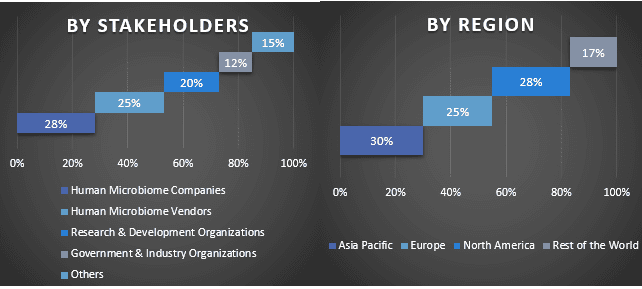
Kỹ Thuật Thị Trường
Kỹ thuật phân tích dữ liệu tam giác đã được sử dụng để hoàn thành việc ước tính thị trường tổng thể và để đưa ra các số liệu thống kê chính xác cho từng phân khúc và phân nhóm của thị trường bọt polymer toàn cầu. Dữ liệu đã được chia thành nhiều phân khúc & phân nhóm sau khi nghiên cứu các thông số và xu hướng khác nhau trong các lĩnh vực loại sản phẩm, ứng dụng, bệnh tật và kênh phân phối trong thị trường bọt polymer toàn cầu.
Mục tiêu chính của Nghiên cứu Thị Trường Dầu CBD Toàn Cầu
Các xu hướng thị trường hiện tại & tương lai của thị trường bọt polymer toàn cầu đã được xác định trong nghiên cứu. Các nhà đầu tư có thể có được những hiểu biết chiến lược để dựa vào quyết định của họ cho các khoản đầu tư dựa trên phân tích định tính và định lượng được thực hiện trong nghiên cứu. Các xu hướng thị trường hiện tại và tương lai xác định mức độ hấp dẫn tổng thể của thị trường ở cấp khu vực, cung cấp một nền tảng cho người tham gia công nghiệp khai thác thị trường chưa được khai thác để hưởng lợi từ lợi thế của người đi đầu. Các mục tiêu định lượng khác của các nghiên cứu bao gồm:
- Phân tích quy mô thị trường hiện tại và dự báo của thị trường bọt polymer về giá trị (USD). Ngoài ra, hãy phân tích quy mô thị trường hiện tại và dự báo của các phân khúc và phân nhóm khác nhau
- Các phân khúc trong nghiên cứu bao gồm các lĩnh vực loại sản phẩm, ứng dụng, bệnh tật và kênh phân phối
- Xác định và phân tích khung pháp lý cho ngành công nghiệp bọt polymer.
- Phân tích chuỗi giá trị liên quan đến sự hiện diện của các trung gian khác nhau, cùng với việc phân tích hành vi của khách hàng và đối thủ cạnh tranh của ngành.
- Phân tích quy mô thị trường hiện tại và dự báo của thị trường bọt polymer cho khu vực chính.
- Các quốc gia chính của khu vực được nghiên cứu trong báo cáo bao gồm Châu Á Thái Bình Dương, Châu Âu, Bắc Mỹ và Phần Còn Lại của Thế Giới.
- Hồ sơ công ty của thị trường bọt polymer và các chiến lược tăng trưởng được các công ty tham gia thị trường áp dụng để duy trì trong thị trường đang phát triển nhanh chóng
- Phân tích chuyên sâu ở cấp khu vực của ngành
Liên quan Báo cáo
Khách hàng đã mua mặt hàng này cũng đã mua

